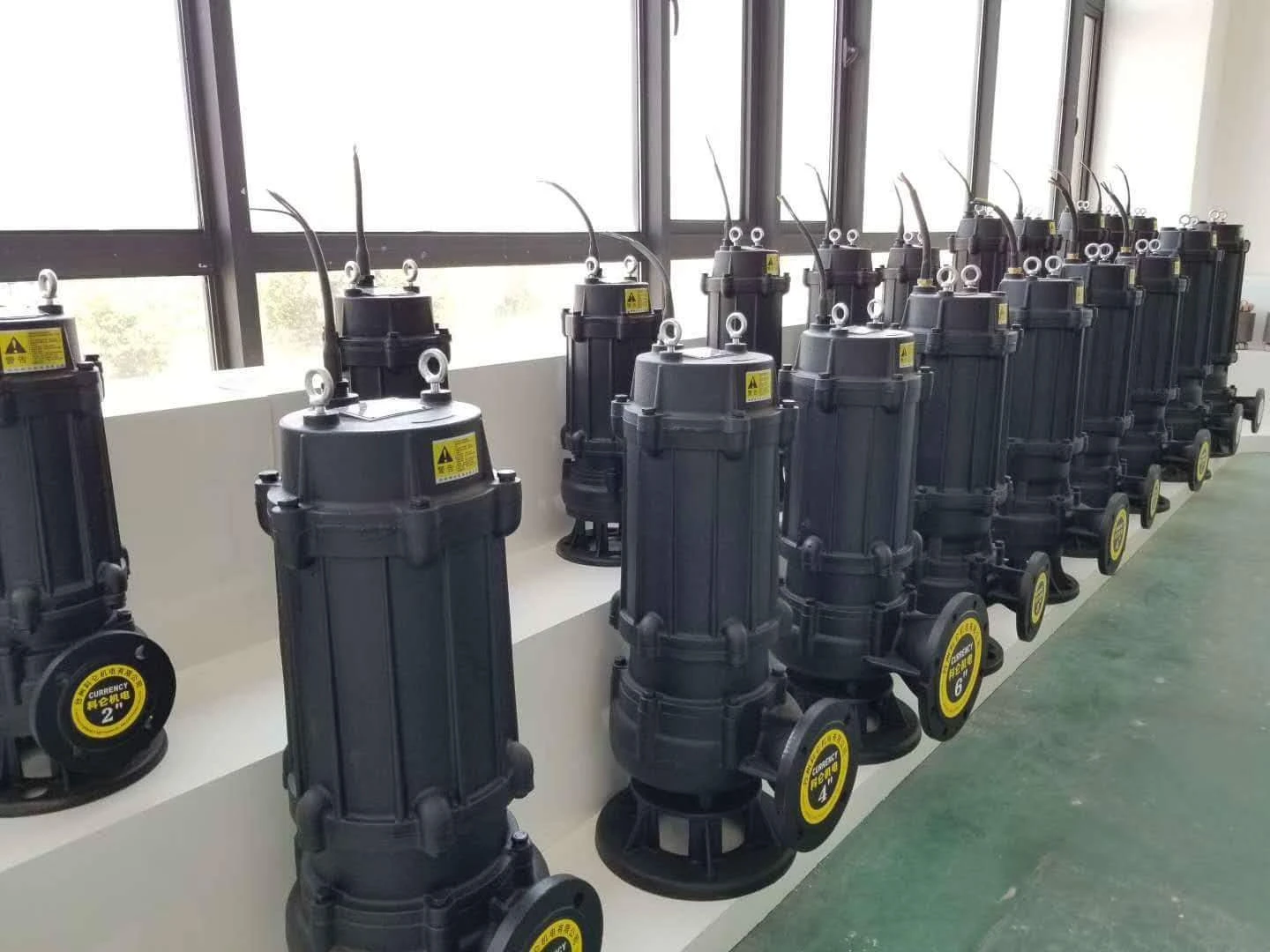Kannada
- Afrikaans
- Albanian
- Amharic
- Arabic
- Armenian
- Azerbaijani
- Basque
- Belarusian
- Bengali
- Bosnian
- Bulgarian
- Catalan
- Cebuano
- Corsican
- Croatian
- Czech
- Danish
- Dutch
- English
- Esperanto
- Estonian
- Finnish
- French
- Frisian
- Galician
- Georgian
- German
- Greek
- Gujarati
- Haitian Creole
- hausa
- hawaiian
- Hebrew
- Hindi
- Miao
- Hungarian
- Icelandic
- igbo
- Indonesian
- irish
- Italian
- Japanese
- Javanese
- Kannada
- kazakh
- Khmer
- Rwandese
- Korean
- Kurdish
- Kyrgyz
- Lao
- Latin
- Latvian
- Lithuanian
- Luxembourgish
- Macedonian
- Malgashi
- Malay
- Malayalam
- Maltese
- Maori
- Marathi
- Mongolian
- Myanmar
- Nepali
- Norwegian
- Norwegian
- Occitan
- Pashto
- Persian
- Polish
- Portuguese
- Punjabi
- Romanian
- Russian
- Samoan
- Scottish Gaelic
- Serbian
- Sesotho
- Shona
- Sindhi
- Sinhala
- Slovak
- Slovenian
- Somali
- Spanish
- Sundanese
- Swahili
- Swedish
- Tagalog
- Tajik
- Tamil
- Tatar
- Telugu
- Thai
- Turkish
- Turkmen
- Ukrainian
- Urdu
- Uighur
- Uzbek
- Vietnamese
- Welsh
- Bantu
- Yiddish
- Yoruba
- Zulu
Telephone: +86 13120555503
Email: frank@cypump.com
ಡಿಸೆ . 22, 2024 09:32 Back to list
ဆူးနှင့်ရေချုပ်စနစ်ဒီဇိုင်းအတွက် အဆင့်မြင့်နည်းပညာများ
Slurry Pump Design A Comprehensive Overview
Slurry pumps are essential equipment in various industries including mining, construction, and waste management. These specialized pumps are designed to handle mixtures of liquids and solids, commonly referred to as slurries. The design of a slurry pump is crucial to its performance and efficiency, making it an important factor for industries that rely on transporting such materials.
Basic Components of Slurry Pumps
The design of slurry pumps typically includes several key components
1. Pump Body The main structure of the pump, usually made from wear-resistant materials to withstand the abrasive nature of slurries. 2. Impeller A key component that imparts energy to the slurry, facilitating its movement through the pump. The shape and design of the impeller can greatly affect the pump’s efficiency and performance. 3. Volute Casing Surrounds the impeller and helps convert the kinetic energy generated by the impeller into pressure energy. The design of the volute is important to minimize losses and ensure efficient flow. 4. Suction and Discharge Flanges These are the entry and exit points for the slurry. Their design must ensure a smooth flow to avoid cavitation and other issues. 5. Sealing Mechanisms Prevents leaks and protects the pump from contamination. Common sealing methods include mechanical seals and gland packing.
Design Considerations
When designing a slurry pump, there are several important factors to consider
- Type of Slurry Different slurries have varying characteristics such as viscosity, density, and particle size. The pump design must accommodate these differences to ensure effective operation. - Abrasion Resistance Given that slurries often contain abrasive particles, materials used for the pump components must be resistant to wear and tear. Common materials include rubber, ceramics, and specially treated metals. - Capacity and Efficiency The pump must be designed to handle the required flow rate and pressure head efficiently. This involves careful calculations and simulations during the design phase. - Energy Consumption An efficient pump design reduces energy consumption, which is crucial for maintaining operational costs. The design should minimize hydraulic losses and optimize the impeller design to enhance energy transfer. Testing and Validation
slurry pump design

Once the design is complete, it is essential to test the slurry pump under realistic conditions. This often involves
- Performance Testing Evaluating the pump’s flow rate, head, efficiency, and power consumption. - Durability Testing Assessing how well the pump materials withstand abrasion and degradation over time. - Operational Tests Understanding how the pump behaves in real-world scenarios, including its responses to varying slurry compositions and operating conditions.
Future Trends in Slurry Pump Design
As technology advances, so does the design of slurry pumps. Future trends may include
- Use of Advanced Materials To improve abrasion resistance and reduce maintenance costs. - Smart Pumping Solutions Incorporating IoT technology for real-time monitoring and efficiency optimization. - Custom Designs Tailoring pumps for specific slurry compositions and operational requirements, enhancing performance in niche applications.
Conclusion
The design of slurry pumps is a complex process that involves careful consideration of various factors to ensure their effective and efficient operation. As industries evolve, the importance of innovative design and technology integration in slurry pump systems will only continue to grow, driving advancements that will improve performance and sustainability in handling slurries.
This understanding of slurry pump design not only benefits engineers and manufacturers but also contributes to better operational practices across industries reliant on these critical pieces of equipment.
-
Double Suction Pump Advantages High Efficiency & Durability XYZ Pumps
NewsMay.19,2025
-
China OEM Slurry Pump Engineering Manufacturer Custom Solutions
NewsMay.19,2025
-
Vapor Blasting Slurry Pumps Durable, High-Efficiency Cleaning Solutions
NewsMay.19,2025
-
Basement Sewage Pumps Reliable, High-Capacity Flood Prevention
NewsMay.18,2025
-
Harbor Freight Clear Water Pump - Durable & Affordable Fast Drainage
NewsMay.18,2025
-
Slurry Pump 3D Models Durable CAD Designs for Industrial Applications
NewsMay.18,2025










